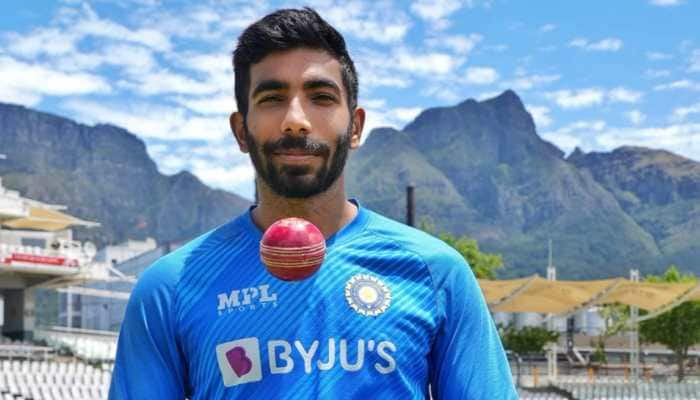This pair of smart contact lens may diagnose diabetes, glaucoma
Since blood sugar can be measured with tears, many attempts have been made to monitor diabetes with contact lenses. However, their biggest drawback has been poor wearability.
Trending Photos
)
New Delhi: Scientists have developed a new smart contact lens with built-in wireless sensors that may help diagnose diabetes and glaucoma.
Since blood sugar can be measured with tears, many attempts have been made to monitor diabetes with contact lenses. However, their biggest drawback has been poor wearability.
Now, researchers at Ulsan National Institute of Science and Technology (UNIST) in South Korea have solved these issues by developing a sensor based on transparent and flexible materials.
"This study can be used to diagnose diseases (diabetes and glaucoma) by implementing two types of transparent electronic sensors in the production of smart contact lens sensors," said Jang-Ung Park, Professor at UNIST.
The new smart contact lens sensors use electrodes made of highly stretchable and transparent graphene sheets and metal nanowires.
Using this sensor, patients with diabetes and glaucoma may one day be able to self-monitor blood glucose levels and intraocular pressure (IOP), researchers said.
Glaucoma is a group of eye diseases which result in damage to the optic nerve and vision loss.
Through the embedded wireless antenna in the contact lens sensor, patients can also transmit their health information, which allows real-time monitoring of their health conditions.
Since the system uses wireless antenna to read sensor information, no separate power source, like battery is required for the smart contact lens sensors.
Intraocular pressure measurement can be achieved using the dielectric layers.
The dielectric layer is an electrically non-conductive layer, characterised by polarity that divides both positive and negative charges.
The thickness of this layer changes from thinning as the IOP increases, to thickening as the IOP decreases.
The IOP sensor, embedded in the contact lenses senses this and transmits the information to the wireless antenna.
The smart lenses with built-in pressure-sensing and glucose-monitoring sensors could detect blood glucose and IOP despite the deformation of the contact lenses.
The sensor characteristics were also maintained even when exposed to various substances in human tears.
"It was observed that the live rabbit did not show any abnormal behaviour when wearing the contact lens sensor," said Joohee Kim, the first author of the study published in the journal Nature Communications.
(With Agency inputs)
Stay informed on all the latest news, real-time breaking news updates, and follow all the important headlines in india news and world News on Zee News.
Live Tv







)
)
)
)
)
)
)
)
)
)
